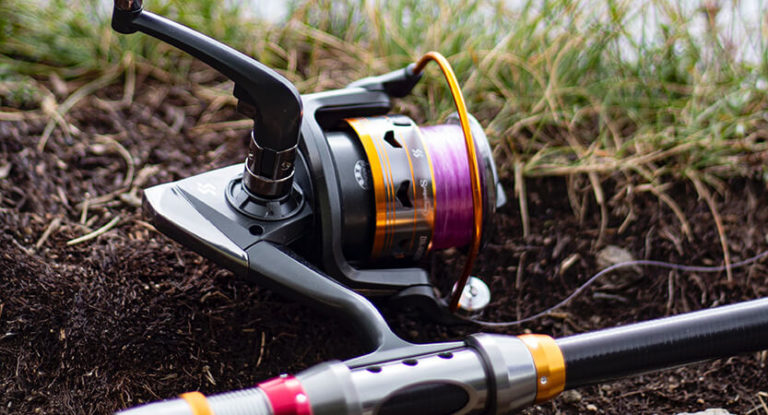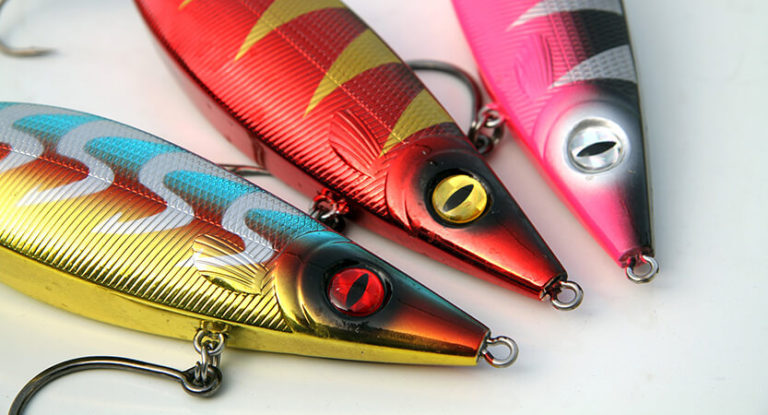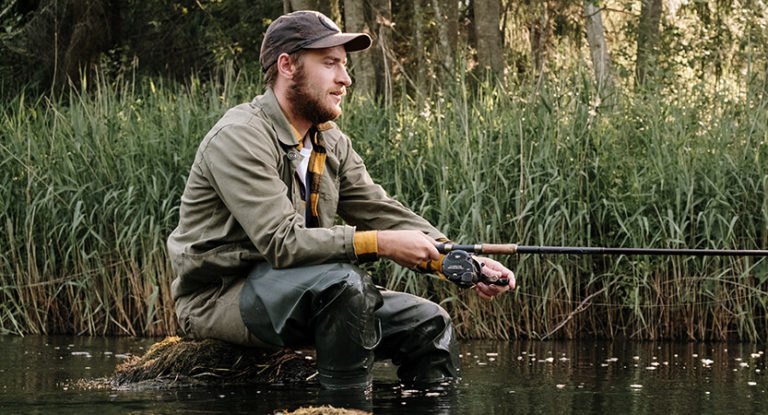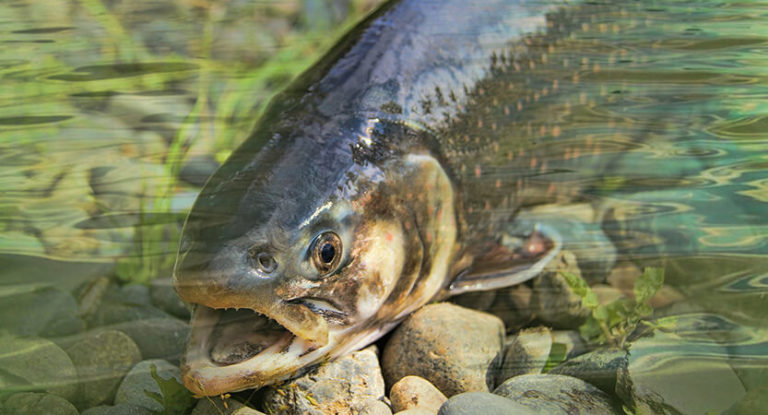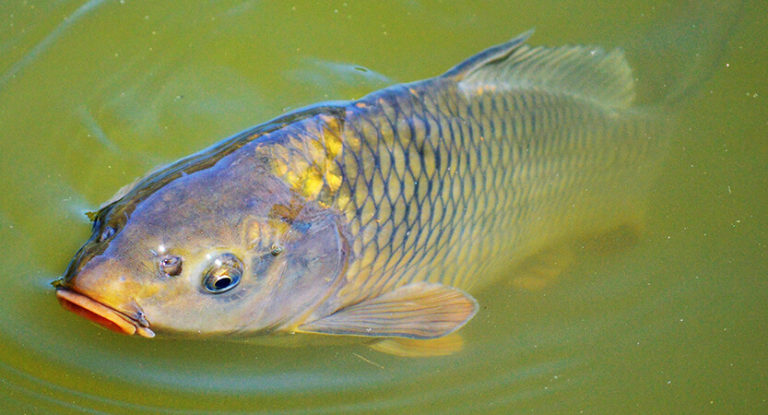There is not a single type of fishing where the performance does not depend on the quality of the rig. Yes, an experienced angler is able to get decent trophies in all weather conditions with almost a stick, but how much effort does he need to put in? That is why the choice of a spinning reel is one of the fundamental points of preparation for fishing for both a beginner and an experienced angler.
Today we will talk about the principles of selecting this piece of equipment in as much detail as possible, relying on the characteristics of the rod, fishing conditions and, of course, the angler’s budget. A good reel is not cheap, so the purchase should be taken as seriously as possible. Unfortunately, not all sellers (especially in online stores) possess the information at the proper level, therefore it is worth listening to the recommendations of an experienced spinning player. And in the absence of such a familiar – read this article carefully.
Here is an overview of the content of this tutorial, feel free to jump to any section you care about:
For more fishing instructions, take a look at these popular Trizily links: Best Spinning Rods, Best Fishing Sunglasses.
- How To Assemble And Equip A Spinning Rod
- How To Choose A Spinning Rod (Complete Guide)
- What Do You Need To Start Fishing (Complete Guide)
Types of spinning reels
A reel is required not only for rigging a spinning rod: it is an indispensable element of the equipment of the vast majority of fishing tackle ( float rod , bottom gear , feeder, and so on). Just a few decades ago, all anglers used exclusively classic inertial reels, somehow sharpened for different tackles. With the invention of spinning reels, the overwhelming majority of anglers switched to them. Spinning players were no exception.
At the moment, three types of structures are mounted on spinning tackle :
- Classic inertial . They are used mainly by adherents of old school and maximum sensitivity, as well as by athletes, in accordance with the conditions of the competition.
- Multipliers . This is a natural evolution of classic inertia systems, improved and reinforced constructively. The multipliers are miniature winches used in trophy fishing, as well as in freshwater and sea trolling.
- Spinning reels . This is the most common class of spinning reels used 99% of the time. That is why we will devote the lion’s share of the publication to them.
Spinning reel
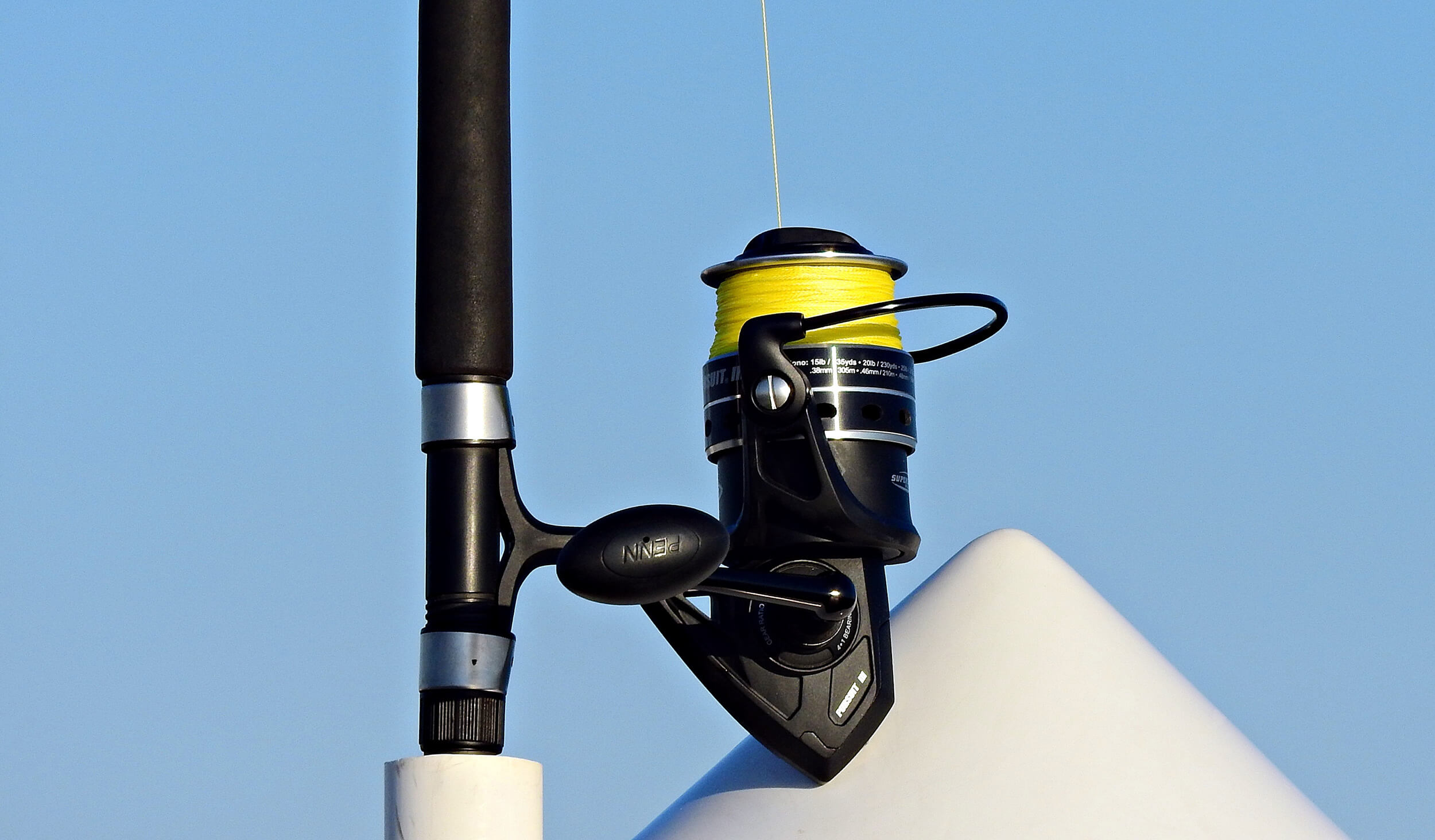
The main element of the spinning reel is the spool. During the casting, the line comes off freely: the spool itself remains stationary, which excludes the moment of inertia. The laying of the fishing line during reeling is carried out due to the line laying device, consisting of a bracket, a guide roller and a mechanism that ensures the movement of the spool back and forth. The mechanism is driven by a handle fixed to the rotor.
Among the obvious advantages of this type of spinning reel it is worth mentioning:
- a wide range of possible baits;
- control of winding and convergence of the line;
- minimal risk of beard formation;
- high range and accuracy of casting;
- ease of learning;
- the ability to adjust the elements.
Among the disadvantages of such designs, it is worth mentioning the inevitable twisting of the fishing line, low sensitivity (compared to inertial models), the complexity of repair and maintenance.
Manufacturers offer hundreds of models of inertialess devices that look very similar to each other. In any case, without experience and purely outwardly, it is rather difficult to grasp the differences between a high-quality brand model and a Chinese cheap one. And according to the picture – it is completely impossible.
Therefore, if you live in a fairly large settlement and can visit a specialized store, make a choice in favor of a visit to a real retail outlet and inspect the potential purchase visually.
The main nuances lie in the depths of the structure, so then you need to estimate the coil by weight, test it for smooth running, and so on. All structural elements will not be revealed to you, but a lot of interesting things can be learned from the technical characteristics of the model specified by the manufacturer. But then again, you can only trust them if you are dealing with uncompromisingly branded products. Yes, most of the spinning reels are now produced in the Middle Kingdom (this is beneficial to manufacturers, because it is cheap), but one should distinguish between certified goods and outright counterfeit without a family name.
However, let’s talk about the design features of inertialess in detail.
Housing

The case must be flawless both visually and to the touch: no burrs, cracks or other defects. The lettering should be easy to read and certainly not rubbed off with your finger, even with effort.
The body design can leave the spool fully open. Open spool reels are used primarily on classic straight rods. Their main advantages are ease of changing the spool, high sensitivity, minimization of line wear and, in general, being equal, a lower price. However, spontaneous descents of the line are not excluded both with inept casts and strong winds.
Reels with a closed spool (the line comes out through a special hole) have another advantage: it is difficult to entangle the thread even with the most unprofessional handling. This simplifies operation (including in difficult wind conditions), but complicates the procedure for replacing the spool. The line wears out much more quickly (it is facilitated by going through a large number of parts), which makes it difficult to use the line. Sensitivity also suffers: the angler has poor control of the line tension.
However, the expensive enclosed coils allow for good cords and provide decent sensitivity. By the way, many closed models are equipped with triggers (triggers) or buttons for working with the line harvester, which is very convenient.
You can also choose a reel of the semi-closed type: widening the hole along the diameter of the spool minimizes friction, increasing sensitivity and preventing line tangling.
Materials (edit)
The spinning reel is a rather complex mechanism with many moving elements (even though the spool does not rotate, it moves back and forth) when the line is reeled in. Therefore, most moving parts are made of high-strength alloys (at least for premium models) – this is the only way to ensure their strength.
For the manufacture of a static body and a relatively fixed spool, either metals (from light aluminum and alloys with bronze to very strong and expensive titanium) or artificial polymers and composite materials with the addition of graphite are usually used. It is clear that metals are stronger, but heavier, polymers – on the contrary. When spinning fishing, both the strength and the weight of the reel (balance with the rod) are important, what should you prefer? In the mid-price segment, manufacturers often compromise by combining materials: for example, a lightweight plastic spool makes an optimal alliance with a metal body.
Ultralight reels are made predominantly of high strength polymers for premium rigging lightness.
Size and capacity
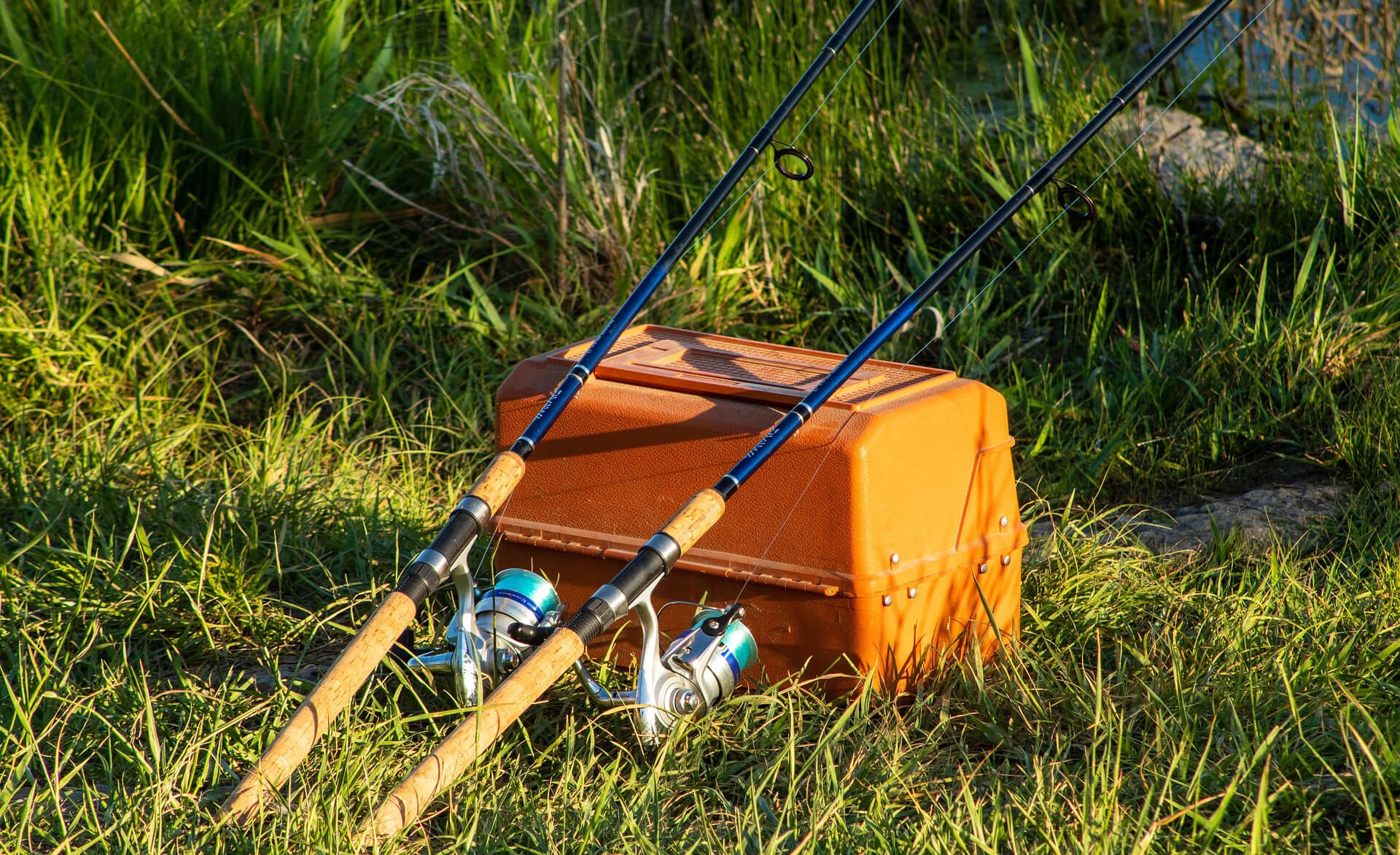
In fact, everything is quite simple: the size of the spool is in direct proportion to the capacity of the spool. And these parameters are prescribed by the manufacturer of the rod itself in its technical characteristics (by the way, there are also requirements for the fishing line there).
The most indicative in this respect is the Shimano classification. It shows how much line of a certain thickness the spool can hold. For example, a spool of 1000 will have 100 meters of thread or cord 0.1 mm thick, 2000 – 100 m of line with a diameter of 0.2 mm or twice as much as 0.1 mm, and so on.
In this regard, there is a simple rule. Depending on the characteristics of the rods, they are equipped with:
- for light – 1000-1500 (there are even ultra-light 500);
- for medium-lights and mediums – 2000-3000;
- for medium-heavy and heavy – 3000-5000.
Weight
The weight of the reel should be in balance with the characteristics of the spinning rod (length, test, action). The more powerful the tackle, the heavier the reel it requires. Choosing a lighter reel than indicated in the manufacturer’s recommendations leads to an imbalance. This means that the front part will outweigh, the spinning rod will behave unpredictably during the cast (it may even fly away from the hands of a beginner), the wiring will become more complicated, and the working arm will be unreasonably tired.
Installing a heavier model is also irrational, since the tackle is overloaded, which upsets the balance and leads to a high expenditure of the angler’s physical strength. It is best to stop at the lower limit of the weight specified in the rod manufacturer’s recommendations.
Bearings
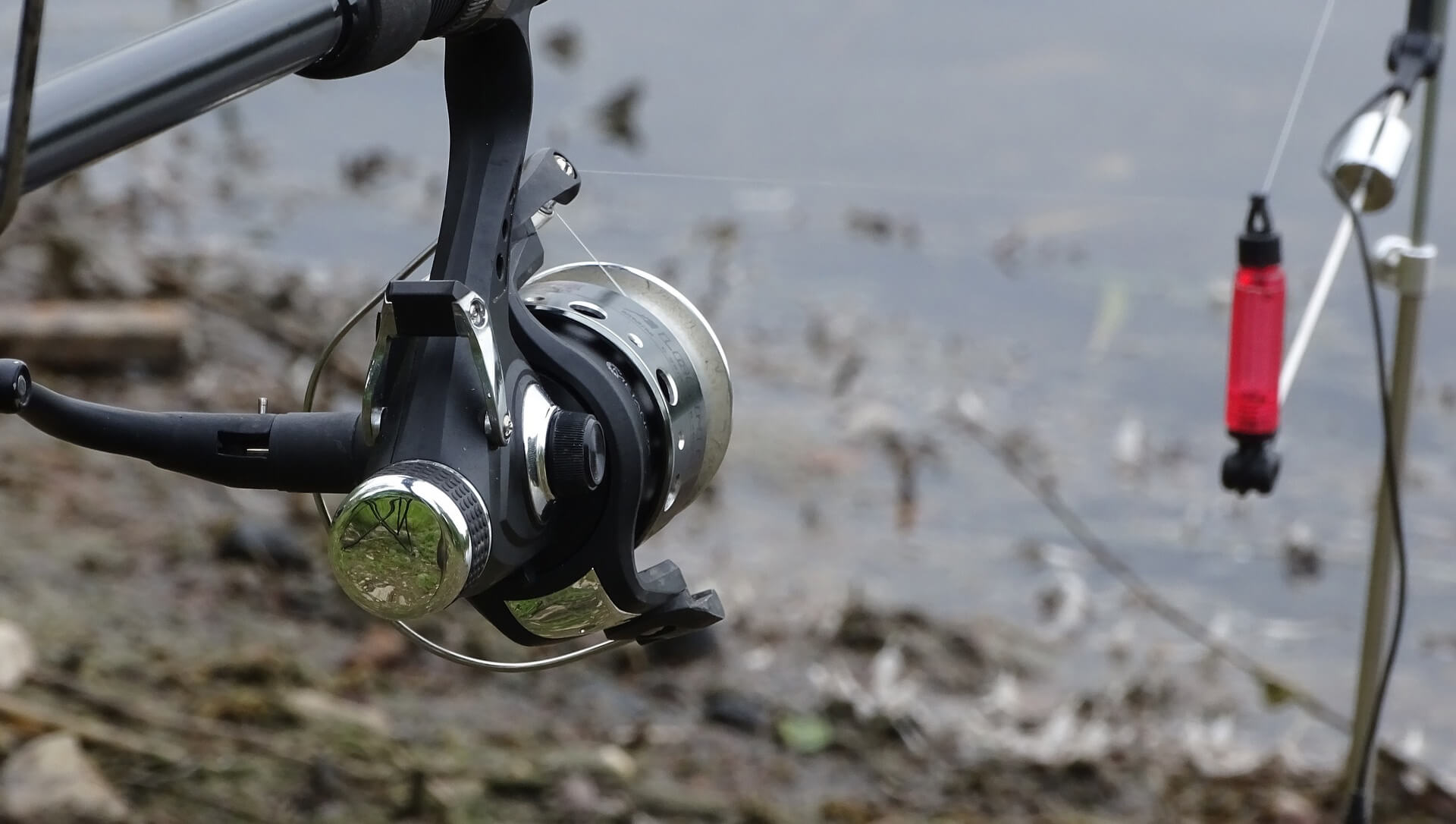
The number of bearings directly affects the smooth running of the reel. Of course, while ensuring their proper quality. Typically, the larger the number of bearings, the more powerful and more expensive the coil (less backlash and longer service life). At the same time, each bearing is a plus to the mass, so often the desire to increase their number is not justified.
Usually the number of bearings is indicated by a combination of numbers (4 + 1, 5 + 1, and so on). The first number is the number of bearings in the take-up system, the second is in the line. It has been proven that 3-5 bearings in the reel and one in the line laying mechanism are enough for comfortable fishing.
Reels with more than six bearings are designed primarily for trophy fishing with heavy spinning rods. They are expensive, they weigh decently, so a beginner should definitely not chase a large number of bearings. And, again, a branded dive reel with four bearings will last longer and more reliable than a Chinese cheap one with twelve bearings.
Ratio
This term denotes the number of revolutions of the spool per full rotation of the handle (indicated in the characteristics as a proportion). The gear ratio is determined by the number and location of gears in the take-up mechanism. According to this parameter, the reels can be divided into:
- power – 1: 4.0-4.7 (for trophy fishing);
- universal – 1: 5.0-5.6 (the widest possible range of applications);
- high-speed – from 1: 5.7 (for light and ultralights).
Spinning rods of the medium light class are considered the most popular. They are more often chosen by beginners, and the aforementioned universal coils are intended for them.
Line Layer
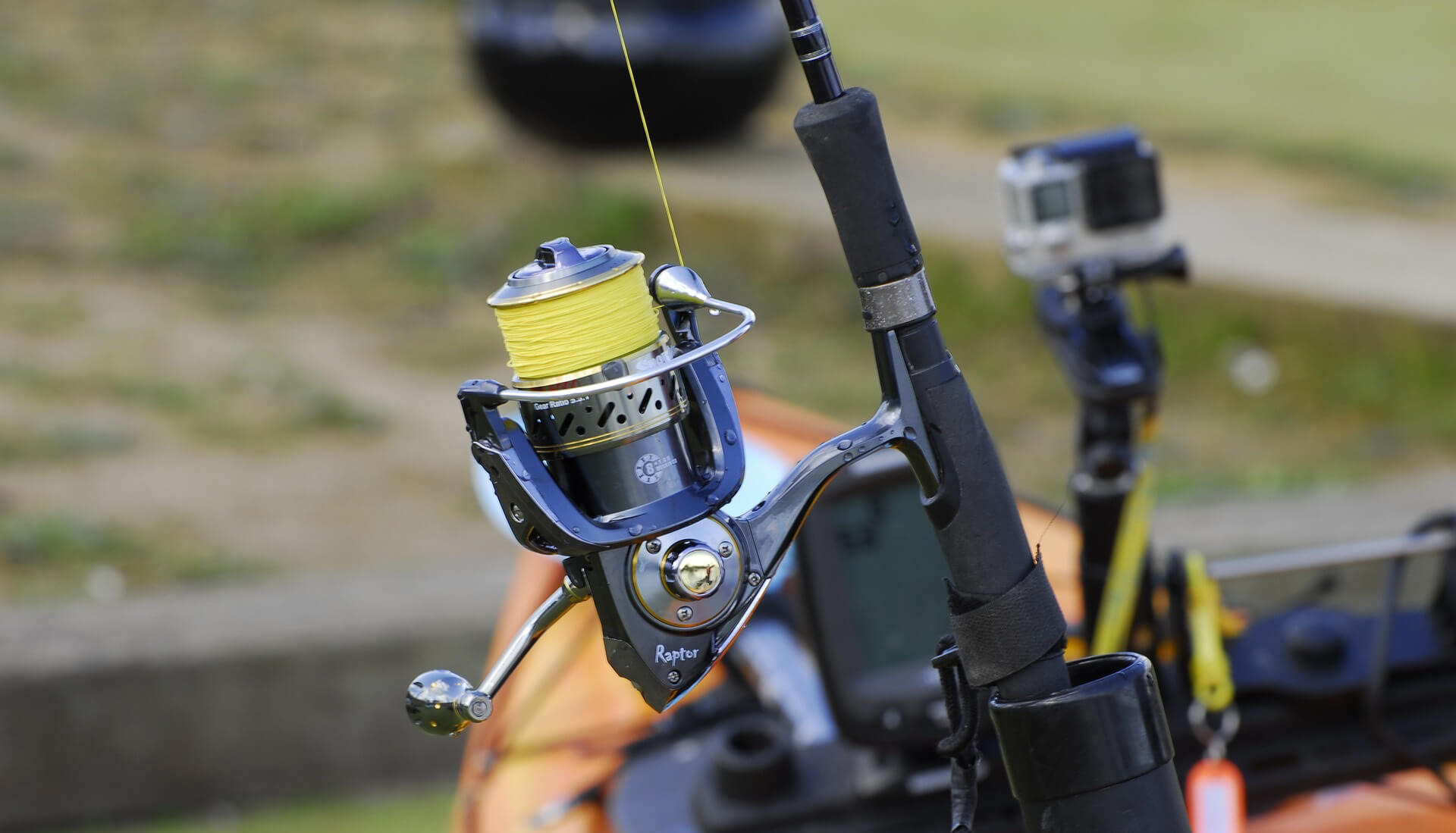
The outer part of the line device consists of a bracket that fixes and releases the mechanism and a guide roller. Everything is clear with the roller: its task is to direct the line to the spool, with which it, in most cases, successfully copes. True, sometimes he begins to bite the line due to wear and tear or initially poor-quality performance, which is already critical.
The bow (bracket) of the line guide ensures that the line gets onto the roller, if necessary, it can be fixed or released from the spool. When buying, check the smoothness of the bow (the slightest burr leads to premature line wear and problems during casting), as well as the correctness of its operation in the open and closed state.
As mentioned above, closed models, as a rule, have special triggers (triggers, buttons) that close or open the bow. This is understandable: in such designs, the bracket is hidden under the body.
Line Laying Mechanism
The line-laying mechanism provides a back-and-forth movement of the spool when the line is unwound. Thanks to him, the turns are distributed evenly along the spool (cylindrically or in the shape of a truncated cone). Chaotic styling, typical for most cheap Chinese models, is a marker of poor product quality.
At the moment, manufacturers equip spinning reels with mechanisms of two types: with a worm gear (“endless screw”) or a crank drive. They transfer the rotation of the handle to the rotor.
The worm gear is simpler, therefore it is used in most models of the low and middle price segment. It ensures that the line is laid in even, successive turns.
The crank drive has a more complex device (several gears, a carriage, a stem that fixes the spool), but it allows you to lay the fishing line more effectively, with a small cross (as on factory bobbins of thread). This styling reduces the risk of beard formation to an absolute minimum.
Friction
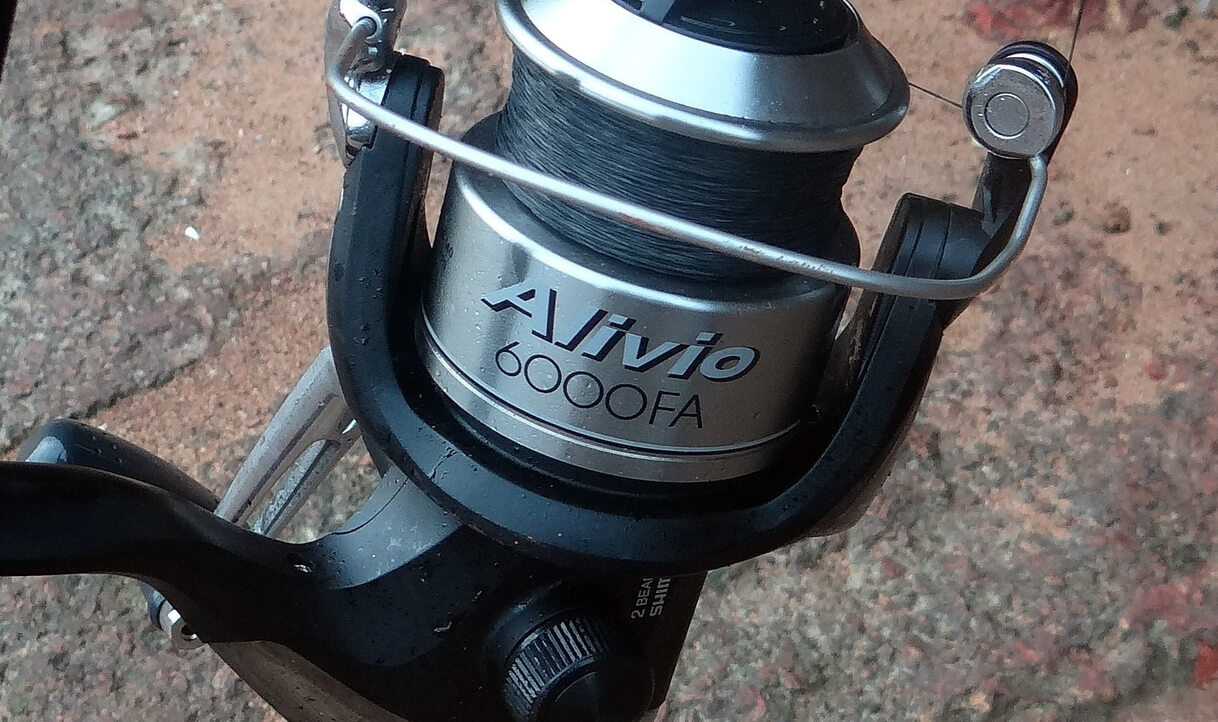
We come to the brake mechanism, which ensures that the line is released when a certain force is applied (in accordance with the permitted load on the rod). The friction clutch allows you to reduce the load on the rod and other elements of the rig, which is especially important when playing large fish. It is equipped with a regulator that allows you to set the desired values. According to the rules, the friction clutch is adjusted on a load of a certain mass (tighten, catch the load, drag, gradually release the clutch until the line is dropped). However, experienced anglers feel the rig, so they allow themselves to adjust the friction clutch directly on the road, hooking the bait, for example, to a tree.
The friction mechanism can be located at the back or front of the reel. Rear drag reels are chosen by spinning reels specializing in trophy fishing. Although they are heavy, they are more reliable, which is important when playing large specimens.
The front clutch is more compact, lightweight and responsive, but less reliable and durable. It is installed on the vast majority of universal spinners.
Freespin Reel
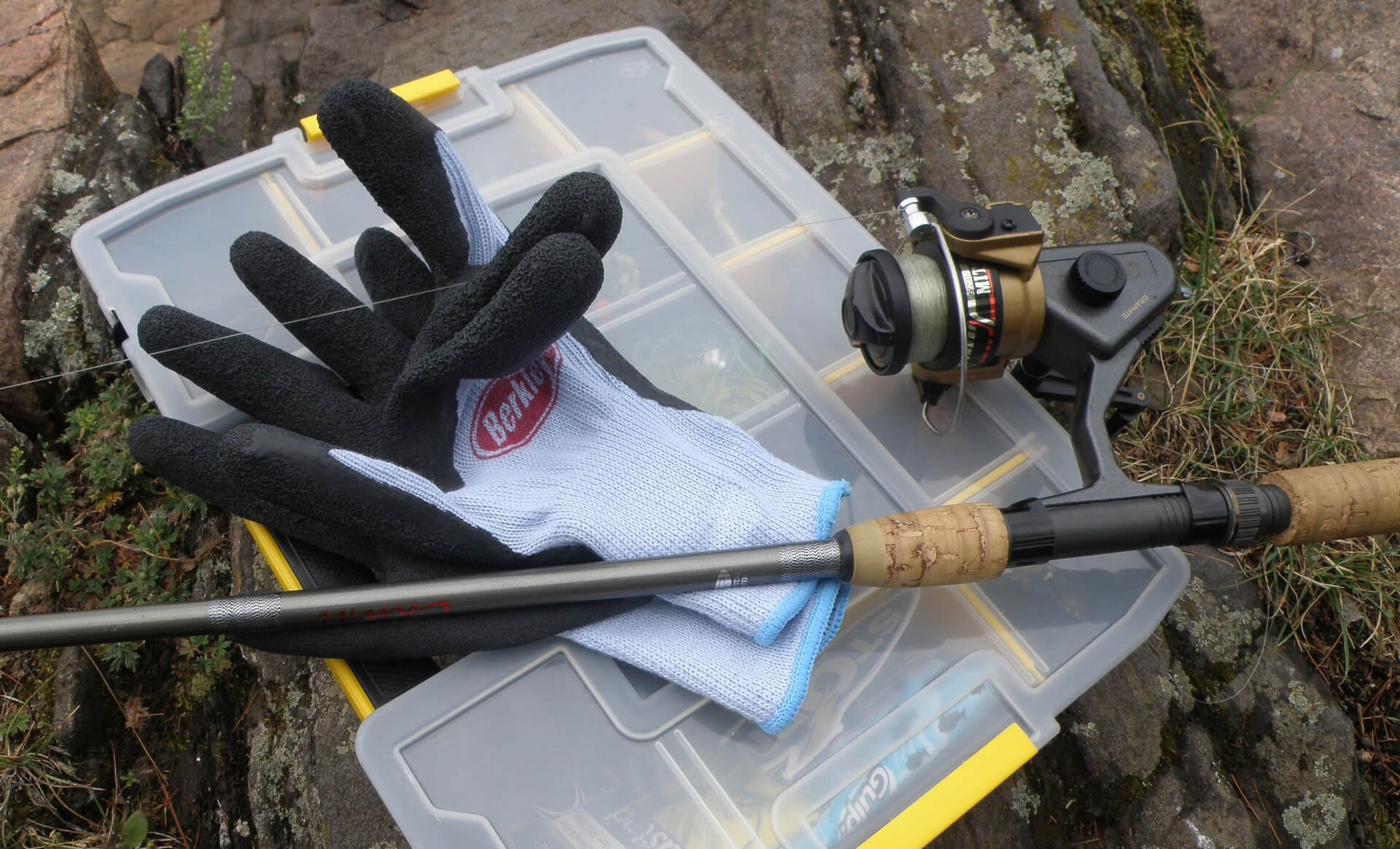
The freespin reel is a special mechanism that provides instant drag release and free line release. It makes it much easier to play large specimens.
The presence of a freespin reel is typical mainly for power coils. In principle, they are more often chosen by carpfishers, but adherents of trophy fishing with spinning rods sometimes buy such models.
The freespin reel, if you do not go into details, is a complex mechanism that disables the clutch, which, if properly configured, allows even beginners to play out ten-kilogram copies. The question is: how high is the probability of catching such a worthy trophy without targeted preparation and is it worth giving an impressive amount for such an expensive model.
Lever
Manufacturers often sin with marketing ploys, mentioning the ergonomic shape of the handle. In fact, the shape and size of the palms are different for everyone, therefore, you need to focus only on your own ideas about ergonomics. Try to rotate the handle and analyze your own feelings, taking into account the fact that fishing will have to do this for hours. Pay attention to the handle folding mechanism, test it for unwanted backlash, and also check the possibility of rearrangement to the other side (if you are left-handed).
The handle can be secured with a screw, screw thread or rivet. The type of fixation does not really matter, the main thing is that it is reliable and of high quality, because quite significant loads fall on this element.
Other elements
Among other points to which it is reasonable to pay attention, it should be mentioned:
- A spare spool is available . Having a spare spool makes it easier to wind the line (more on that later). But the main advantage of the “spare wheel” is that you can wind a cord of a different diameter on it and change the spool if necessary, due to changes in fishing conditions. Experienced fishermen carry 2-3 spare spools with them.
- Long distance casting capability . For long-range spinning rods intended for long casts, it is better to choose reels with appropriate characteristics. Such models have an elongated spool, which reduces the number of wound layers and, consequently, the resistance to the line coming off when casting.
- Zero retrace . This function, which protects the tackle from breakage during hooks by reducing the load, is still available only in new and expensive models (marking “Continuous anti-reverse”). When the stopper is on, the handle does not turn back in principle. By the way, in such models, the gears are maximally protected from wear.
- Anti-twist . The main problem of spinning reels is that when casting a spinning rod, the line flies off the spool in turns and twists heavily. At least partially, it is solved by the Anti-Twist system (special roller design), which reduces line twist by 20-40%.
Brands
The “Big Three” fishing reel manufacturers are on everyone’s lips: Daiwa, Shimano and Mikado. Very good models can be found at Ryobi, Okuma, etc… . As you can see, Japanese brands are a priority, but European and American manufacturers also have decent options.
By the way, every self-respecting brand offers both products in the middle price range and flagship models worth hundreds of dollars. Of course, I would like to get something “like”, but even with a free budget, the acquisition of a too sophisticated coil can be attributed to an unjustified expense: a beginner simply will not be able to use all the options offered by the manufacturer. A reel for a beginner spinning player should be easy to use and reliable, the rest is all from the crafty one.
In any case, ordering a reel on Ali is not the best solution. Yes, there is an opportunity to purchase a branded model at a price lower than in the store. But if something happens – returns and claims will take an unreasonable amount of time, if at all lead to the desired result.
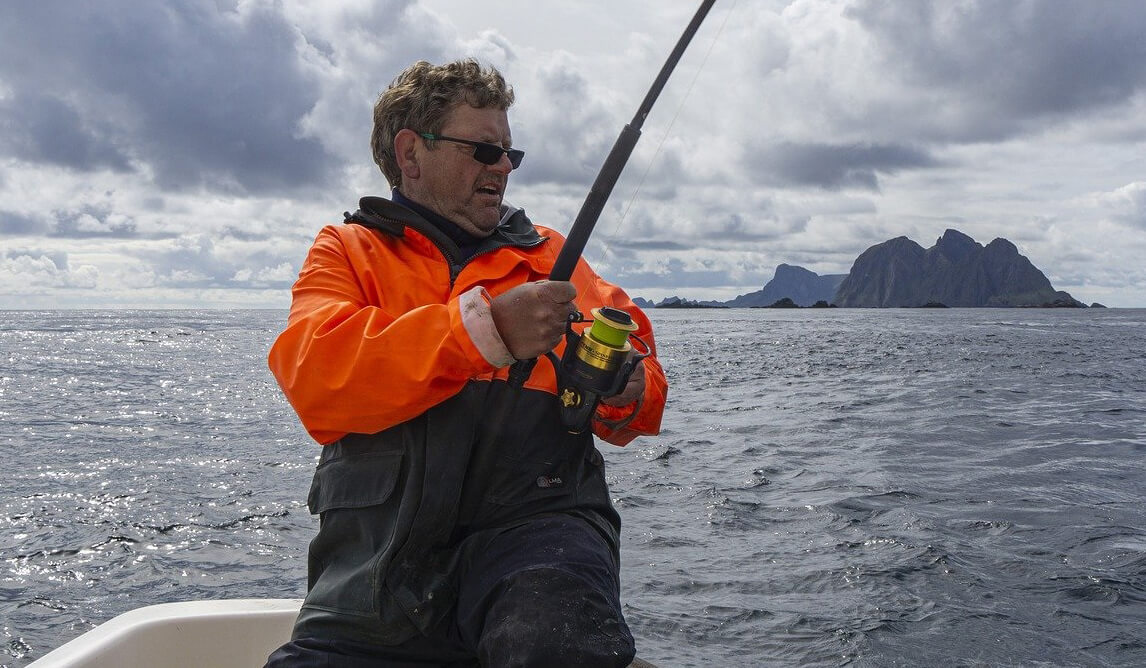
The choice of a reel depending on the parameters of the spinning rod
As we said before, all the elements of the rig, from the rod to the lure, must match. The coil is no exception to this rule. If you purchase a branded rod, its technical specifications will describe the requirements for this piece of equipment. Let’s take a quick look at some of the points:
- Ultralight is a high-speed “thousandth” reel with a front drag.
- Universal spinning rod (medium-light) is a universal reel with a medium gear ratio and a front drag.
- Powerful tackle from medium and above – universal or power reel. The more powerful the tackle, the more desirable the presence of a rear friction clutch and a freespin reel.
Rod mounting
Each reel is equipped with a special foot, and the rod is equipped with a reel seat. The only requirement is that the mount must be reliable, without backlash, not interfere with casting and withstand serious loads when playing large specimens.
The vast majority of spinning reels are attached to the spinning rod from the side of the guide rings, presenting a perfectly straight line with them (this should be taken into account when assembling the tackle). When casting, the inertia tubes are often located along the bottom of the rod. But a number of closed models, as well as multipliers, assume an upper position relative to the rod when casting.
Reel of hazelnut
Spinning fishing involves the use of either classic monofilament or braided line. Each of the options has advantages and disadvantages.
Monofilament is cheaper (compared to braid of similar quality). It stretches perceptibly in the water, which reduces the load on the rod when playing. However, this quality can also turn into a negative: the extensibility of the monofilament does not allow maximum control of the bait and feel the bite, and the greater the distance, the worse things are with this moment.
The braided line practically does not stretch in the water, which allows you to confidently animate the lightest baits and feel the delicate bites of passive fish. It is twice as strong as monofilament of the same diameter, which is also a plus (reduction of windage). However, braid is more expensive and less durable, and its abrasive properties cause premature wear of the reel and spinning rings. In general, it’s up to you to decide, but the overwhelming majority of spinning anglers work exclusively with braids at decent distances.
The better the reel you have, the less problems it will create when winding the line. The winding process looks something like this:
- We collect spinning, but you can do with one knee with a ring (it will guide the line).
- We take the factory reel with fishing line and fix it in any convenient way. It is better to pass a hard rod (for example, a pencil) into it and give it to the assistant, but in the absence of it, you can hold the pencil between your knees or fix it in another way. The bobbin must rotate freely.
- We pass the line through the ring and fix the coils on the spool (with a minimum coarse knot, you can carefully use electrical tape).
- We start winding by lowering the bow of the line guide. We make sure that the winding is uniform.
- We finish winding when the line level practically reaches the spool edge (1-2 mm lower).
As a rule, the spinner does not need to catch as much line as the reel can hold, but it is necessary to fill the spool, and a high-quality cord is expensive. In the lower layers, you can use rewinding (backing) from last year’s cord or a cheaper thin monofilament.
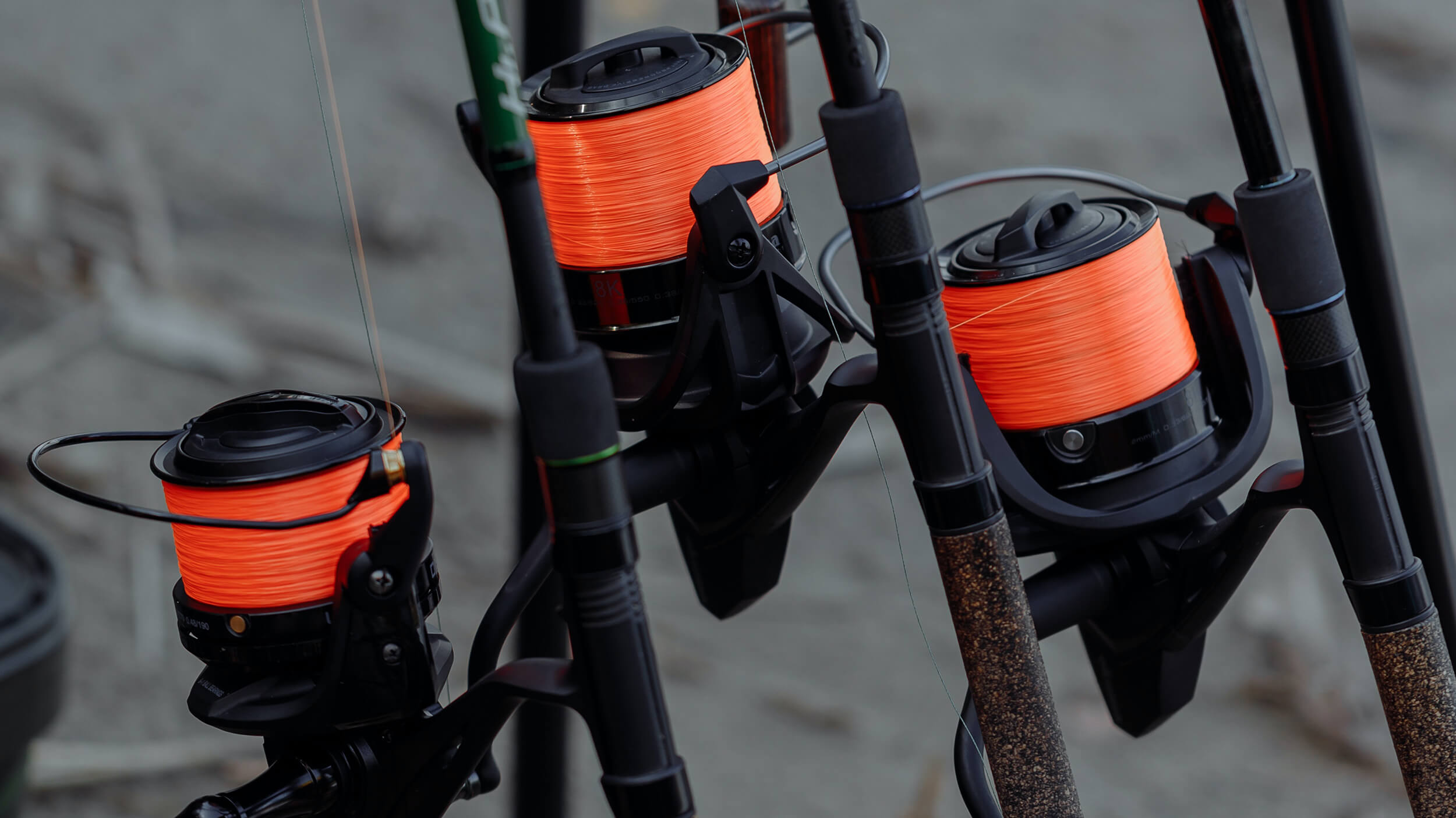
Exploitation
A significant load falls on the coil, therefore, we repeat: all the elements of the equipment must be in balance. Using a thinner cord than recommended by the manufacturer will cause chafing of the moving parts and spool. Casting too heavy a bait at a long distance (especially with an undefined technique) is also critical.
Any uncharacteristic “behavior” of the reel (jamming, suspicious squeaks, unmotivated change in casting distance) should alert the angler and serve as a reason to understand the reasons.
Maintenance and repair
Good spinning reel are quite expensive: the cost of successful budget models from trusted manufacturers now starts from 70 dollars. This is not an unimaginable amount, but you just don’t want to lose it. Therefore, the inertia should be properly maintained, and basic repairs can be done with your own hands.
At the end and on the eve of the season, the reel needs to be lubricated. We recommend using greases from the same manufacturer, but you can simply choose the composition in accordance with the characteristics. For the cold time, more liquid formulations are used, for the warm – thick ones. Regular engine oil will not work in this case – individual elements will still corrode.
If water gets inside the mechanism, it is highly desirable to disassemble it, dry it and lubricate all parts. And if the coil squeaks or works with obvious tension, it is definitely not worth turning the handle by force: you need to figure out the reasons – maybe some debris has got into the mechanism or a burr has formed that can be cut down?
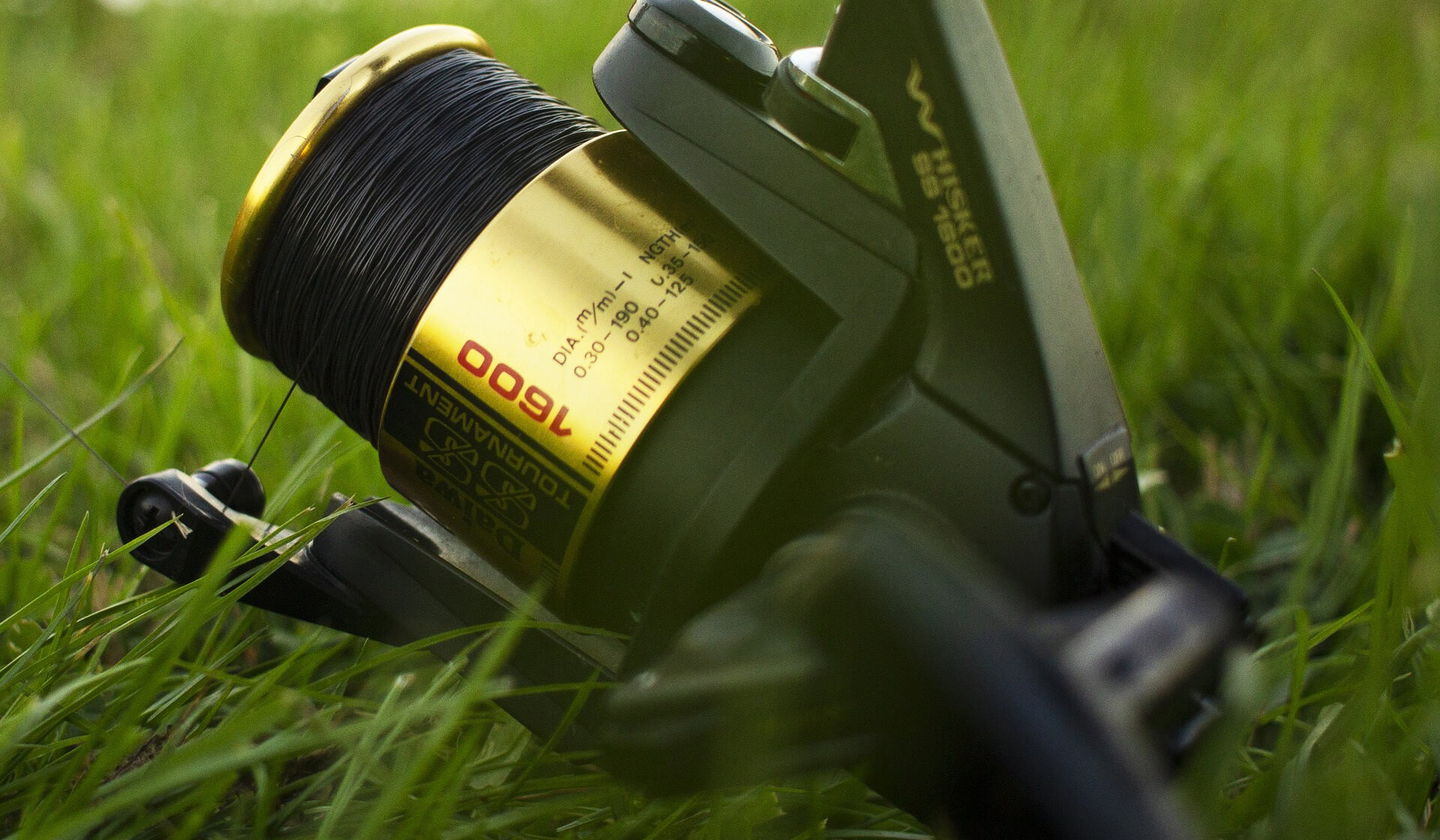
Inertial classic
The choice of a classic inertial reel is justified only in one case: a person has become accustomed to wielding an old-school spinning rod for many years. Lures are most often used as baits, but you can work with wobblers, as well as jig “silicones”.
By the way, inertial reels have also changed significantly in recent decades: ball bearings, backstops and even aerodynamic brakes have appeared in them. But all the same, it is rather difficult to handle them, especially on casts: “beards” are formed at the slightest inept movement.
The advantages of inertial coils include lightness, structural simplicity and corresponding reliability, as well as the highest sensitivity, which has a positive effect on the quality of animation.
Multiplier
The multiplier is a miniature winch designed for playing large specimens. A quality multiplier is very expensive and weighs quite a lot. Therefore, baitcasting reels are used mainly on heavy casting spinning rods for trophy fishing and trolling . On universal gear, this is an unnecessary and even burdensome excess.
The multiplier gives a very high casting range and accuracy. Best of all, the tackle’s sensitivity remains high. However, it will have to be adjusted for each bait, and also come to terms with the inevitable “beards” at the first casts. In a word, this option is clearly not a newbie.
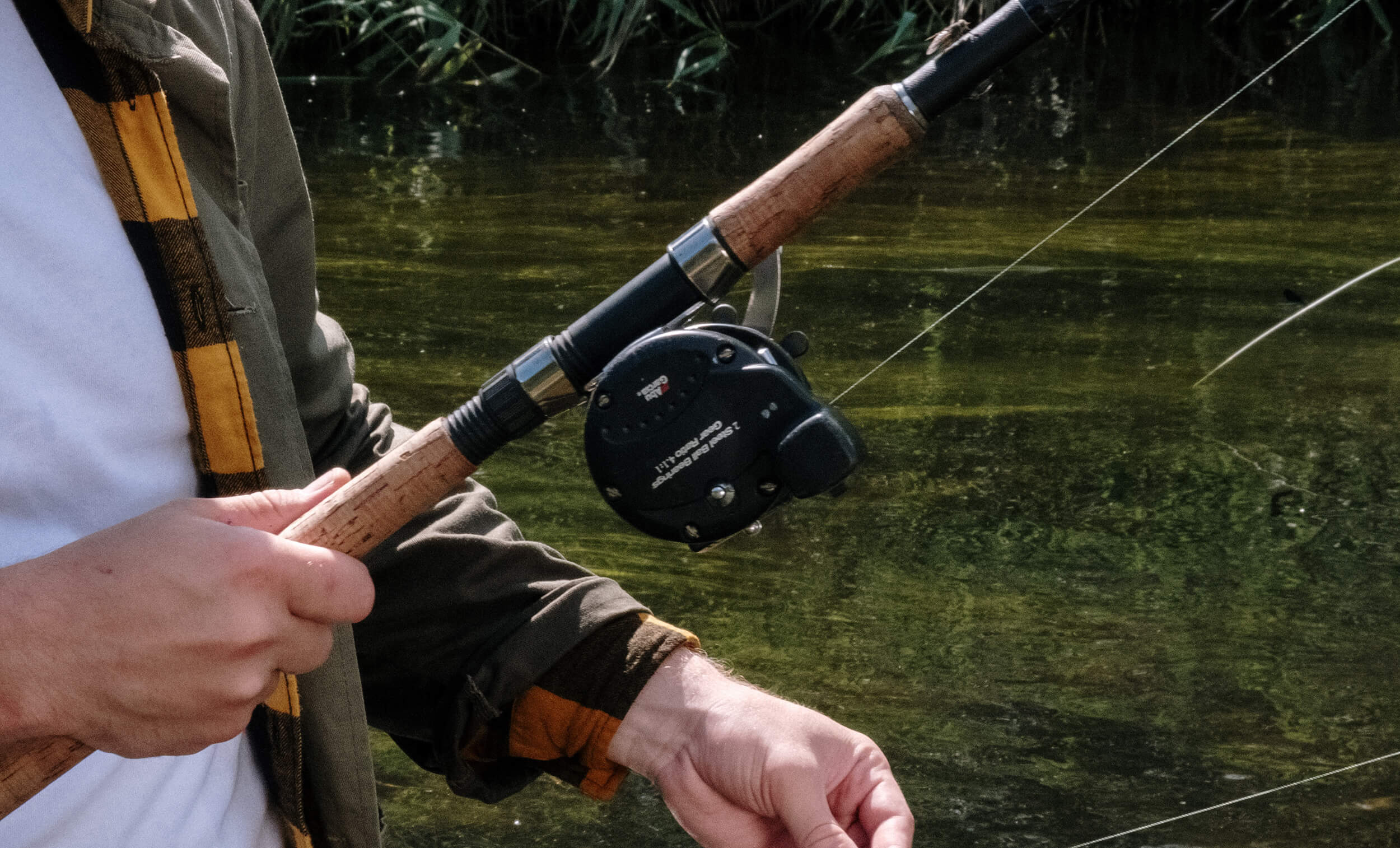
Tips for beginners
In general, a good branded spinning rod, selected in accordance with the parameters of the blank, is ideal for a beginner spinning player. On that and decided, it remains only to give you some practical advice:
- Don’t multiply entities . Buying a fancy model with many options is not worth it, at least at first. Stay with a simple but reliable entry-level branded reel – if anything, it won’t be so offensive to break it.
- Check reel operation . Immediately inspect the reel for defects, rotate a couple of turns to check travel, test the line device.
- Do not go beyond the recommendations . If possible, buy a reel along with other spinning equipment (rod, fishing line, baits), and in a regular (not online) store. Follow the manufacturer’s recommendations carefully.
- Take your grooming seriously . Use only certified lubricants (as a last resort, special graphite grease for computers). Do not allow the coil to remain in a humid environment for a long time, react to any changes in its operation.
- Listen to experienced anglers . If it is possible to attract an experienced spinning player to the first trips, do it. He will teach you the correct handling of equipment, set the technique of casting and posting.
We wish you not to make a mistake when rigging your spinning rod and crown your first trip to the pond with a worthy catch!

![Top 7 Best Fishing Kayaks in 2023 [Buying Guides] 12 Top 7 Best Fishing Kayaks in 2023 [Buying Guides]](https://trizily.com/wp-content/uploads/2021/12/fishing-kayak-768x415.jpg)
